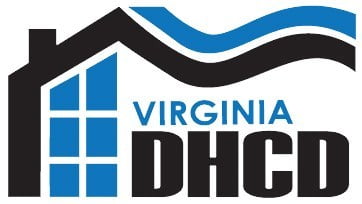Cathect Communications Free Tablets: In today’s fast-paced world, staying connected is more important than ever. Whether it’s for work, education, or simply staying in touch with loved ones, access to reliable communication tools is crucial.
One innovative solution that has been gaining traction is the concept of cathect communications, which aims to provide individuals with free tablets to facilitate connectivity.
In this guide, we’ll delve into the world of cathect communications and explore how free tablets can empower users to navigate the digital landscape with ease.
Unveiling Cathect Communications
Cathect communications represent a paradigm shift in how we approach connectivity. By offering free tablets to users, this initiative aims to bridge the digital divide and ensure that everyone has access to essential communication tools.
These tablets are equipped with various features and functionalities, allowing users to browse the internet, send emails, participate in video calls, and much more. With cathect communications, individuals can stay connected regardless of their financial circumstances, unlocking a world of possibilities right at their fingertips.
Understanding Free Tablets
Free tablets are at the core of cathect communications initiatives. These devices are typically provided to users at no cost, enabling them to access essential services and resources online. From accessing educational materials to conducting job searches, free tablets empower users to leverage digital tools for personal and professional development.
With features like touchscreen interfaces, built-in cameras, and long-lasting batteries, these devices are designed to enhance the user experience and facilitate seamless communication.
The Impact of Connectivity
The ability to stay connected has far-reaching implications for individuals and communities alike. For marginalized populations, access to free tablets can be transformative, opening up opportunities for social inclusion and economic empowerment.
By breaking down barriers to connectivity, cathect communications initiatives pave the way for greater participation in the digital economy and foster a more equitable society.
Harnessing the Power of Free Tablets
Free tablets offer a myriad of benefits for users across various demographics. Whether you’re a student, a professional, or a senior citizen, these devices can enhance your digital experience in countless ways. Let’s explore some of the key advantages:
Empowering Education
Access to educational resources is essential for lifelong learning and skill development. With free tablets, students of all ages can access digital textbooks, educational apps, and online courses to support their academic journey.
Whether it’s studying for exams or completing assignments, these devices provide students with the tools they need to succeed in today’s digital age.
Facilitating Remote Work
In an increasingly remote-oriented world, the ability to work from anywhere is invaluable. Free tablets enable professionals to stay productive on the go, whether they’re attending virtual meetings, collaborating on projects, or accessing important documents.
With features like cloud storage and productivity apps, these devices streamline workflow and enhance efficiency.
Enhancing Social Connectivity
Staying connected with friends and family is essential for maintaining healthy relationships and social well-being. Free tablets make it easy to stay in touch through video calls, messaging apps, and social media platforms.
Whether you’re catching up with loved ones or joining virtual gatherings, these devices help foster meaningful connections across distances.
FAQs (Frequently Asked Questions):
How do I qualify for a free tablet through cathect communications?
What features are typically included in free tablets?
Can I use a free tablet for work or school purposes?
Are free tablets available to seniors and individuals with disabilities?
How can I donate or contribute to cathect communications initiatives?
What are some potential challenges or limitations of free tablets?
Conclusion:
In conclusion, cathect communications initiatives represent a transformative approach to promoting connectivity and digital inclusion. By providing free tablets to individuals in need, these initiatives empower users to harness the power of technology for personal and professional advancement.
Whether it’s accessing educational resources, staying connected with loved ones, or participating in the digital economy, free tablets play a crucial role in bridging the digital divide and creating impact.







